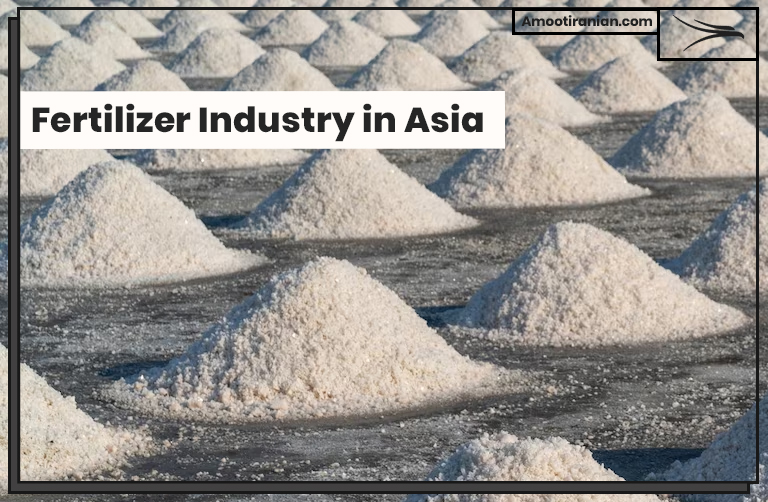The danger of crop failure and even famine in Asian countries has become very important during last three decades.
An increase in chemical fertilizer use, more inspection of weeds, insects and diseases and optimum utilization of soil moisture are paid more attention in order to increase the production of cereal crops, mostly wheat, rice and maize and to win the race between the growth of population and grain production in Asian countries.
.

.
When the lands changed from traditional to modern varieties, chemical fertilizers were consumed more and more, hence cereal grain production improved.
As an example, from the time that IR8 (a high-yielding semi-dwarf rice variety) was released in 1966, the areas that were cultivating rice increased only 13% but the rice production was doubled in Asia, from 240 to 513 million tons. The fertilizer usage also trended up from 6.7 to around 69.0 million tons of nutrients (N, P, and K).
The fertilizer consumption per ha of arable land has risen from 20 to 145 kg of nutrients during the 1969~1995 period.
Around 60% of the global fertilizer market is related to Asia-Pacific. South Asia and East Asia are the major fertilizer consumers in Asia.
The nitrogen consumption of Asia was 60% of the global market in 2015, and China was the first Asian consumer.
It is important to mention that rice is the biggest nitrogen-consuming crop in Asia.
China includes around 22% of the world’s population with merely 12.68% of the arable land. Rice, wheat, potatoes, corn, peanuts, tea, millet, barley, apples, cotton, and oilseed are the major crops that are grown in China.
It has a goal to be a self-sufficient country in staple foods including rice, corn, and wheat by 2035. The China government guarantees the minimum price for the grains and prepares storage for them in the government silos.
Chinese farmers are also applying fertilizers and pesticides to boost their production level. The most important agricultural part of China is the North China Plain, which extends across several provinces.
China is known as the largest consumer of fertilizers in the Asia-Pacific region, representing around 52% share in the Asia-Pacific fertilizer market in 2017.
.

.
Amoot Iranian Trading Company as a professional chemical fertilizer supplier in Asia has fertilizer been exporting the following chemical fertilizers to international buyers, mainly in China, India, South Africa, Malaysia, Pakistan, Singapore, Bangladesh, United Arab Emirate, Indonesia, Oman, Nigeria, Tanzania, Vietnam and etc.:
- Granular and lump sulfur of Turkmenistan
- Flake sulfur of Uzbekistan
- Granular urea of Turkmenistan
- Prilled urea of Iran
.
The best quality, competitive prices and quality services of Amoot Company distinguishes our firm from other fertilizer suppliers.
.
We are here to help the clients to experience an excellent working relationship and feel the difference both in quality and rates.
All potential buyers are welcomed to ask their questions by simply sending a message to Amoot experts. Our staffs at Mashhad, Tehran and Johannesburg offices are eagerly waiting for your call…
